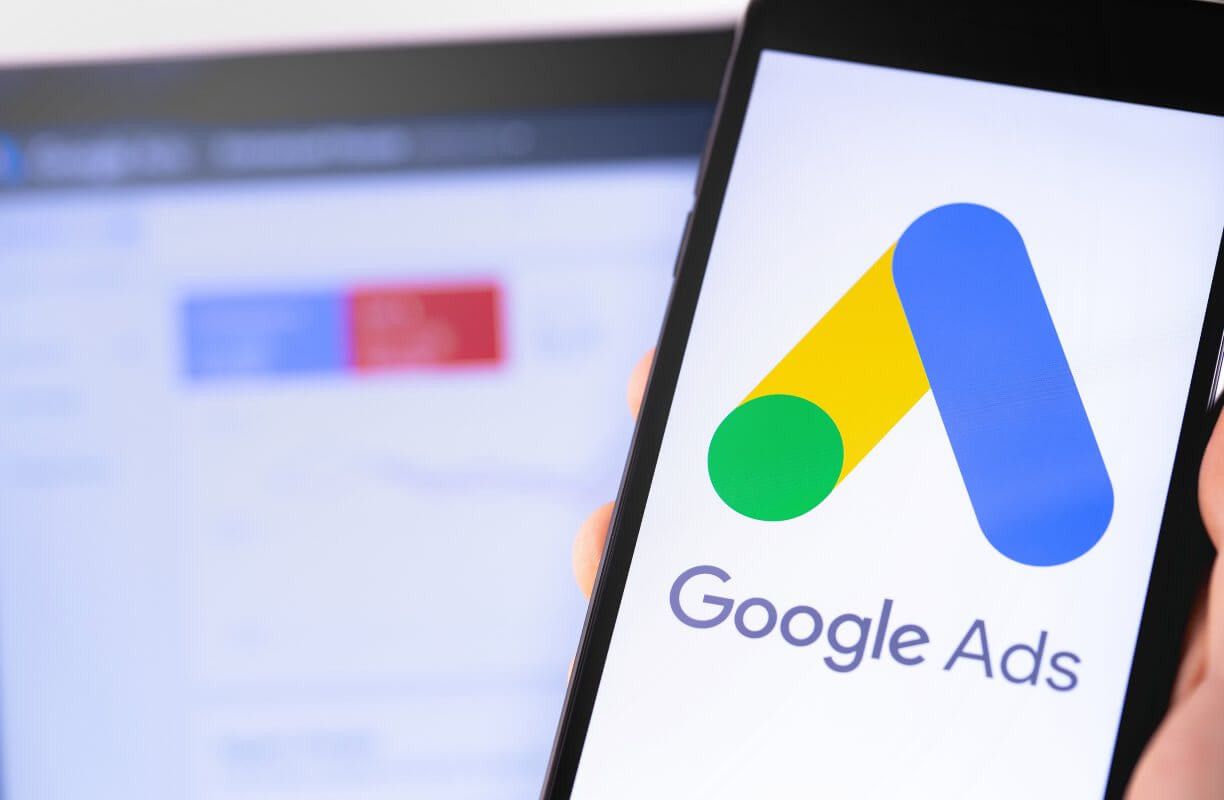Do you want to see more conversions on your site? Do you want to increase your sales? Do you want to boost your Google ads campaign performance? If so, then consider creating a landing page for your online business. The landing page is the page that a potential buyer lands on when they are trying to find out more about your products or services. The landing page should clearly state what the ad is selling and how the visitor can buy from the seller. It should also explain in detail what kind of discounts are available and how to place an order. You can use different types of Landing Pages for different purposes.
What is a Landing Page?
A landing page is the page that a potential buyer lands on when they are trying to find out more about your products or services. The landing page should clearly state what the ad is selling and how the visitor can buy from the seller. It should also explain in detail what kind of discounts are available and how to place an order. A landing page is the page that a potential buyer lands on when they are trying to find out more about your products or services. It should contain key elements such as a call-to-action button, a prominent sales heading, and relevant subheadings. It should also include basic information about the product or service, such as its name, price, and details about how to buy it.
How to Create a Landing Page for Google Ads
There are many websites that provide landing pages for various services, such as websites for businesses, law firms, medical offices, and government agencies. These websites usually have a drop-down menu of services they provide, such as “Website design” or “Flight bookings.“ Typically, when someone lands on one of these pages, they will be presented with a series of options related to that service. The options may include a website design service, a package deal that includes website design, hosting, and various other services related to website design. You can create a landing page for Google Ads just as easily as you can for any other website. You can use a website as a model for your Google Ads campaign. Here’s how: Have a look at your website and see what elements are available for adoption. Take note of which elements are most important for your campaign and which are least important. Pick the elements you think would be useful for your ad campaign, and then remove or censor everything else. You can then focus on adding only those elements that would have a positive impact on your conversion rate.
Use images with titles on them
A good way to create a Landing Page for Google Ads is to use images with titles on them. You can pair these images with descriptive captions, such as “Homepage” or “Our Services,” to create a potent visual content. You can also create a complete website redesign using these images and descriptive captions.
Use subheadings for additional information
A great addition to any landing page for Google Ads is to include subheadings for additional information. This is especially useful if you are selling a product that includes features like “Free Trial,” “How Does It Work?,” and “Real Customers’ Testimonials.”
Add relevant call-to-action buttons
You can also use relevant call-to-action buttons on your landing page for Google Ads. This allows you to direct the visitor to a specific purchase path. For example, you can ask your visitors to “Sign Up Now” to get the trial offer, or “Play Now To Get My Free Trial” to sign up for a paid version of the product.
Don’t forget about Google’s “No Landing Pages” policy
Last but not least, don’t forget about Google’s “no landing pages” policy. There are many situations where a landing page is required, but nonetheless, you should avoid landing pages that prompt the visitor to click a “buy now” button. Instead, direct the reader to a specific page where they can learn more about your product or service.
Conclusion
You can create a landing page for Google Ads that contains key elements for boosting your campaign. It would be wise to use images with titles on them and relevant subheadings to provide additional information about your products or services. The key here is to make the page engaging and educational. You can do this by adding relevant call-to-action buttons and using relevant, helpful content.

